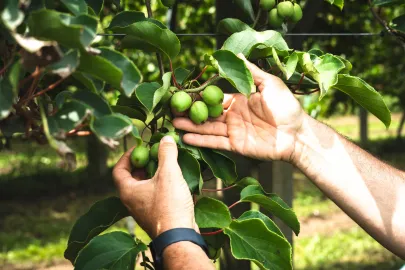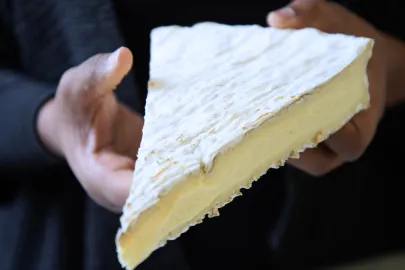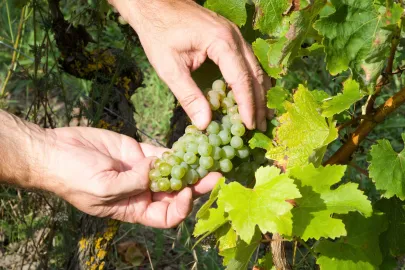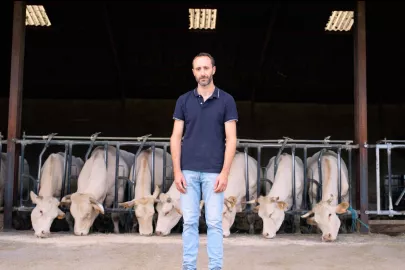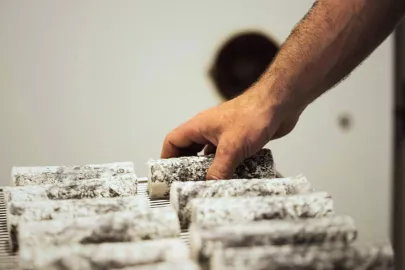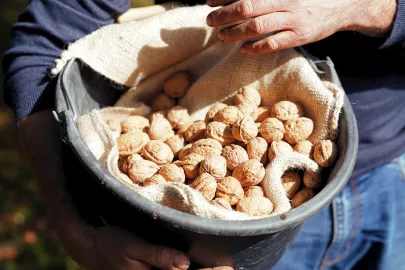In the high plateaus of Mézenc, deep in the Massif Central highlands in the middle of southern France, an ancestral tradition lives on: cows and bulls are gradually fattened with exceptionally rich local vegetation. The beef they produce, called Fin Gras du Mézenc, is renowned for its incredible marbling. Taste France Magazine caught up with Florian Gibaud, one of the organic producers in the Protected Designation of Origin (PDO).
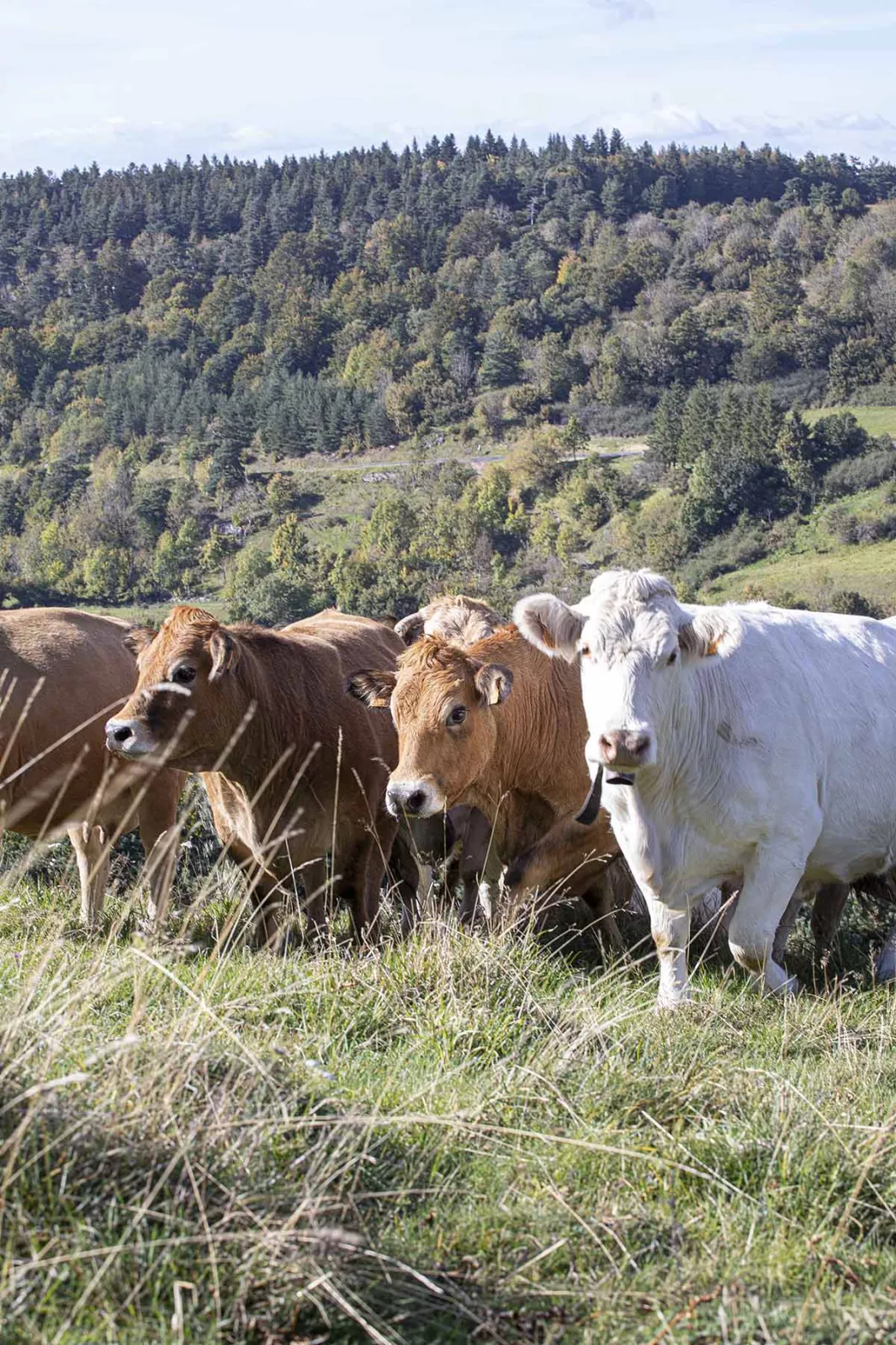
After a few minutes walking through the meadows, we’re standing face to face with Florian Gibaud’s herd of hazel-coated Aubrac cattle. “Mézine was the heritage breed, but over the years it disappeared completely,” he explains. “The area is now home to Aubrac, Salers, Charolaise and Limousine cows.” Only four types of French beef have been granted Protected Designation of Origin, one of which being Fin Gras du Mézenc, which was conferred the status in 2013. Behind the appellation lies a local tradition forged by a unique environment where cattle have grazed for centuries: prairie highlands at altitudes of 1,100 meters (3,280 feet) and rising, spanning 28 towns around Mont Mézenc, which straddles the Ardèche and Haute-Loire departments.
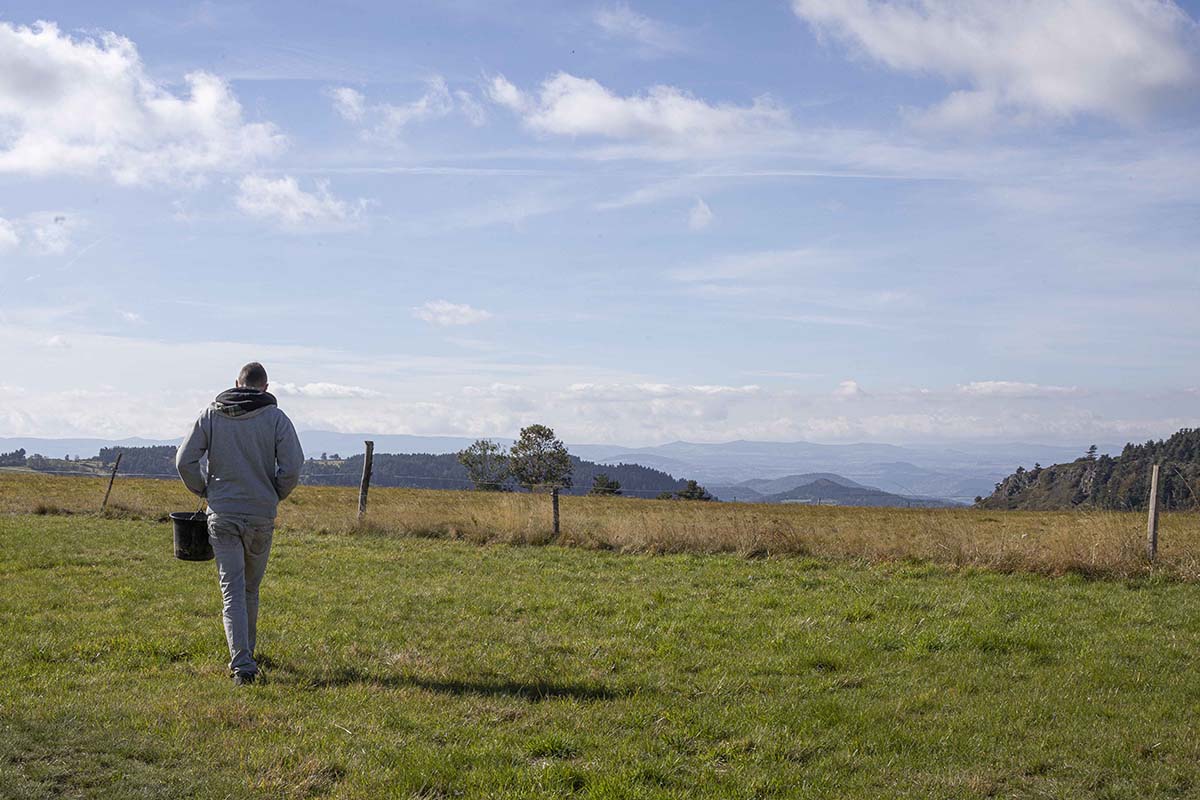
© ©PHILIPPE VAURÈS SANTAMARIA
Flowery feed for rich flavor
“What makes Fin Gras du Mézenc so unique is the plentiful plant life on which the herds graze. More than 68 species are found here: a mixture of aromatic plants, grasses, flowers and herbs – lotus, clover, violet, bistort and yarrow – as well as meum, also known as ‘alpine fennel,’ which has an aniseed and fennel fragrance. We call it ‘cownip’ because the animals go crazy for it,” says Gibaud. The farmer, who is in his thirties, runs the 120-hectare (297-acre) family farm, which he converted to organic in 2015. “The meum imparts the meat with flavor and marbling beyond compare. It owes its distinctive taste to this prized forage, which has been highly valued for centuries. The term ‘fin gras’ [fine fat] refers to this network of intramuscular fat that makes it so tender and flavorful,” he adds.
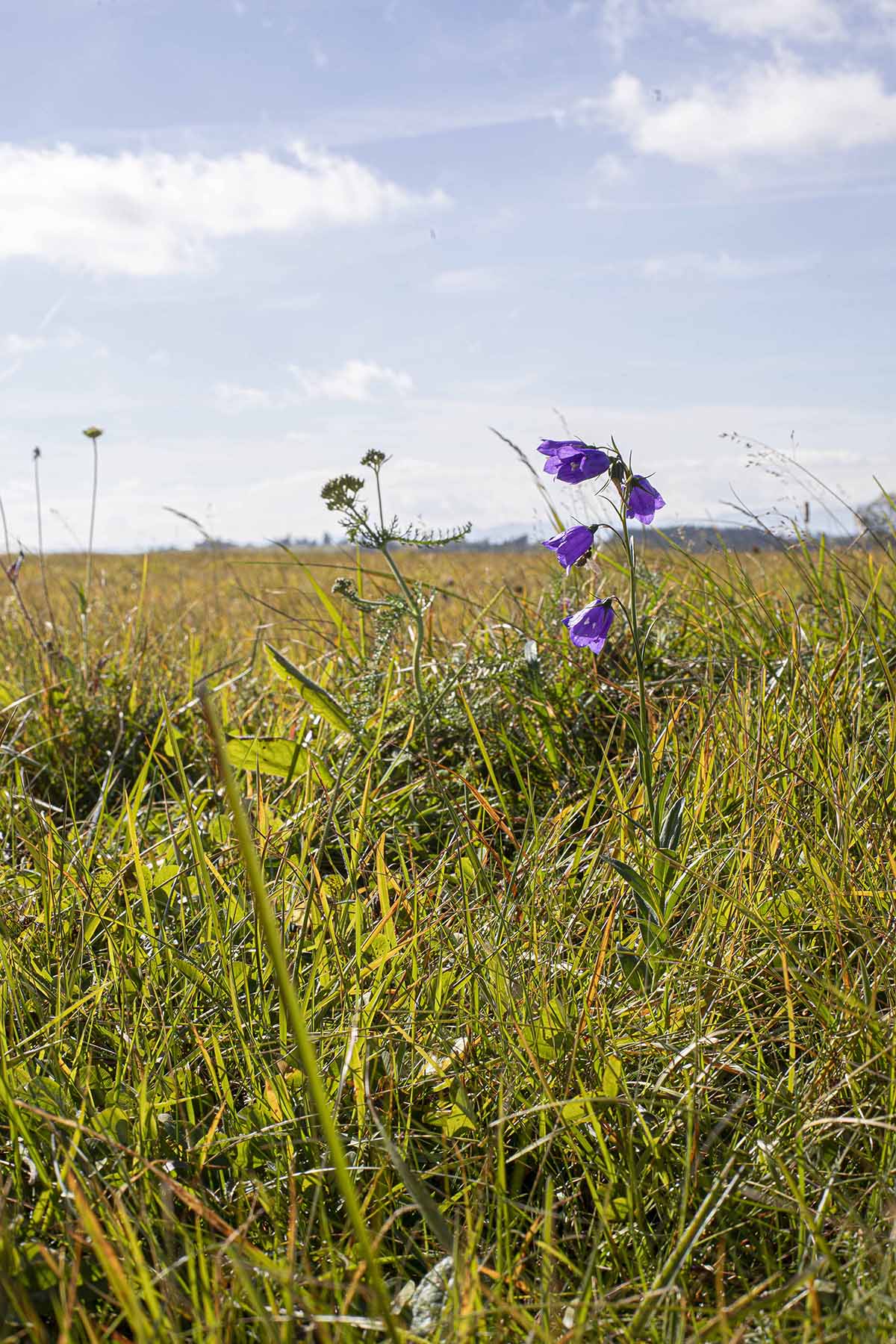
© ©PHILIPPE VAURÈS SANTAMARIA
A strict set of criteria
Florian’s parents produced Tomme cheese from unpasteurized cow’s milk, but their son saw more promise in livestock farming. “The harsh climate drove people away, but also left the natural landscape intact. The plots of land here are never plowed or worked,” he explains as we follow the herd through the craggy, rock-strewn terrain.
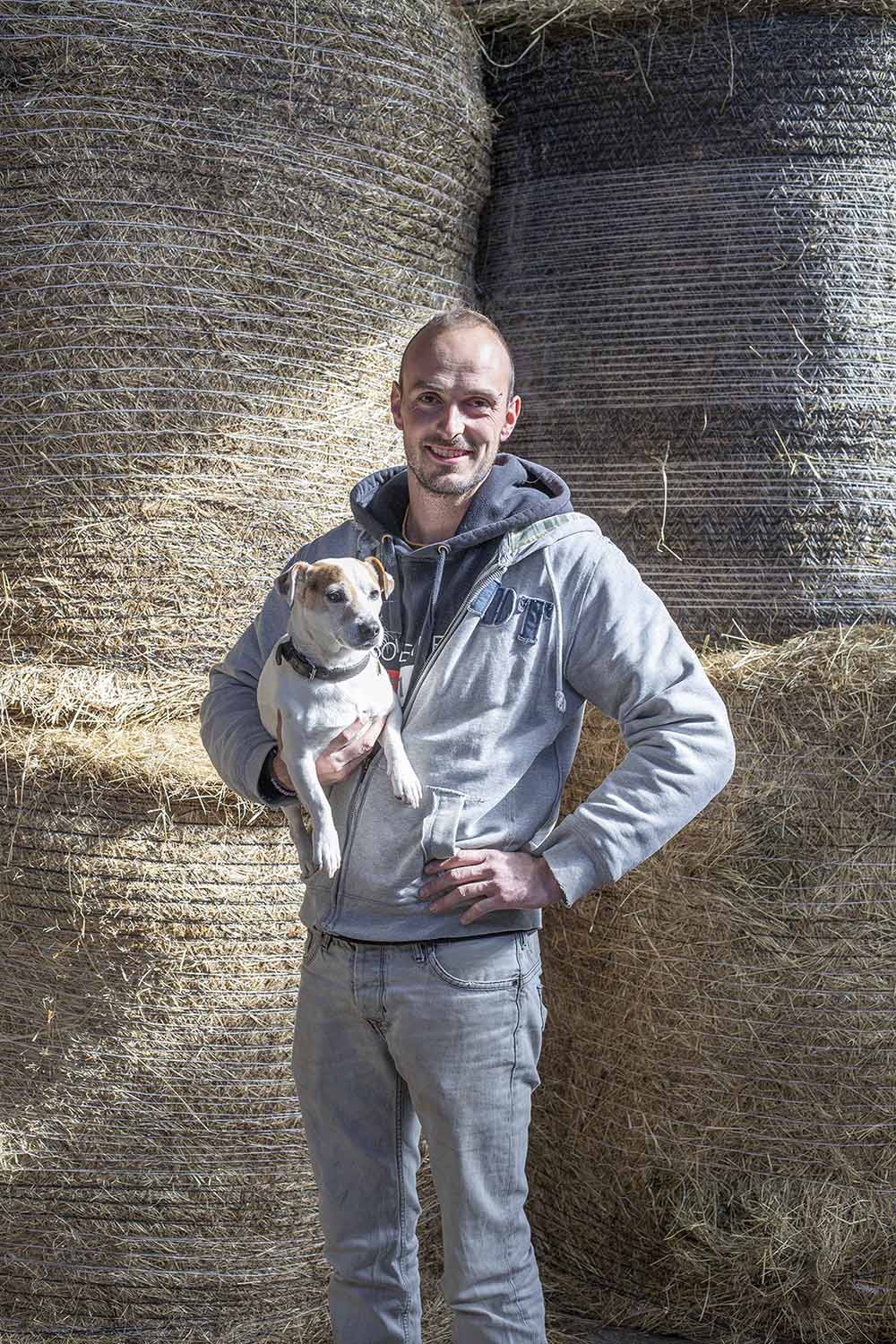
© ©PHILIPPE VAURÈS SANTAMARIA
Somewhere between 1,200 and 1,700 head of cattle roam the PDO, depending on the year. The strict set of criteria requires that the animals feed on mountain plants during their winter fattening. Only heifers over 24 months old (the younger cows that still haven’t birthed calves) and bulls over 30 months old can be led to the slaughterhouse. And it’s a seasonal product, so that can only be done between February 1 and May 31. The meat has to be aged for at least 10 days before it is sold. “Personally, I wait 15 or 17 days, when the meat is even more tender,” notes Florian. Once in the kitchen, it’s all a matter of taste. Fin Gras du Mézenc beef should be taken out of the fridge half an hour before the cooking begins. It’s wonderful simply seared in a very hot pan and served with a side of dauphinoise potatoes, or slowly braised in a stew with a few chestnuts. However you prepare it, the meltingly soft, juicy beef is a rare treat.
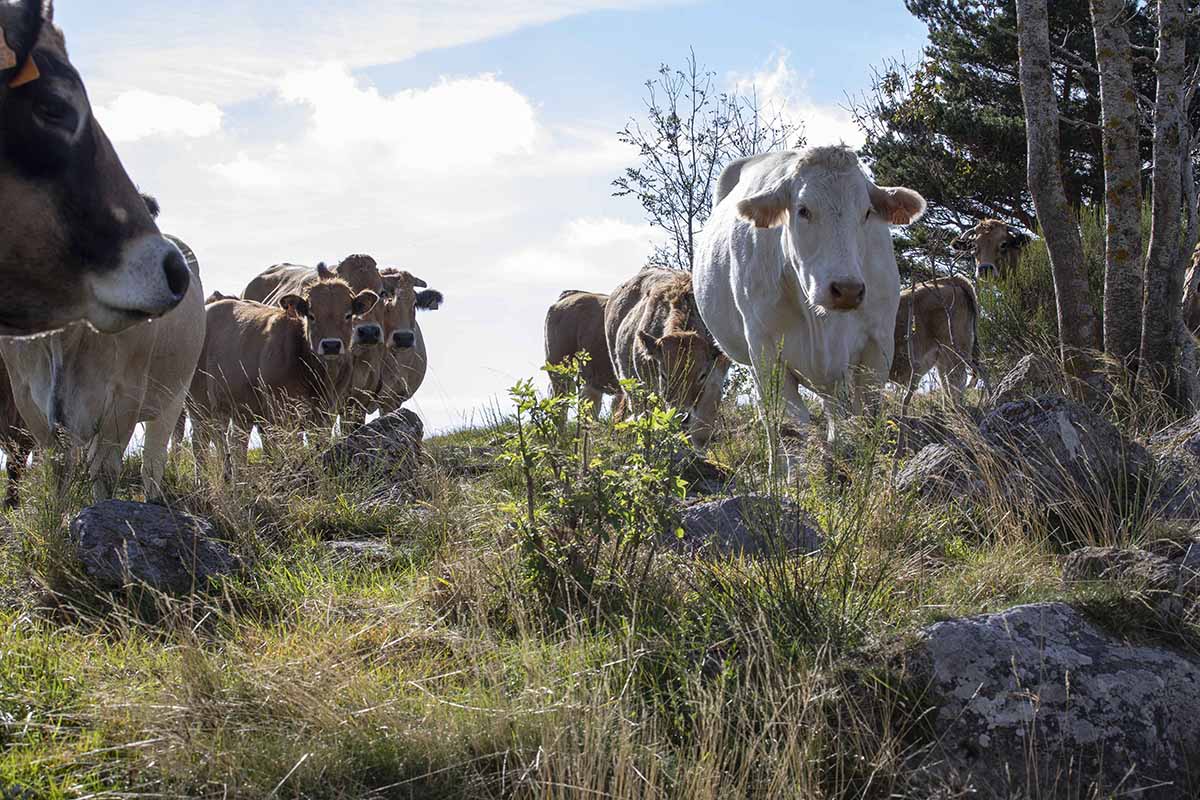
© ©PHILIPPE VAURÈS SANTAMARIA
Contributor

Editor

